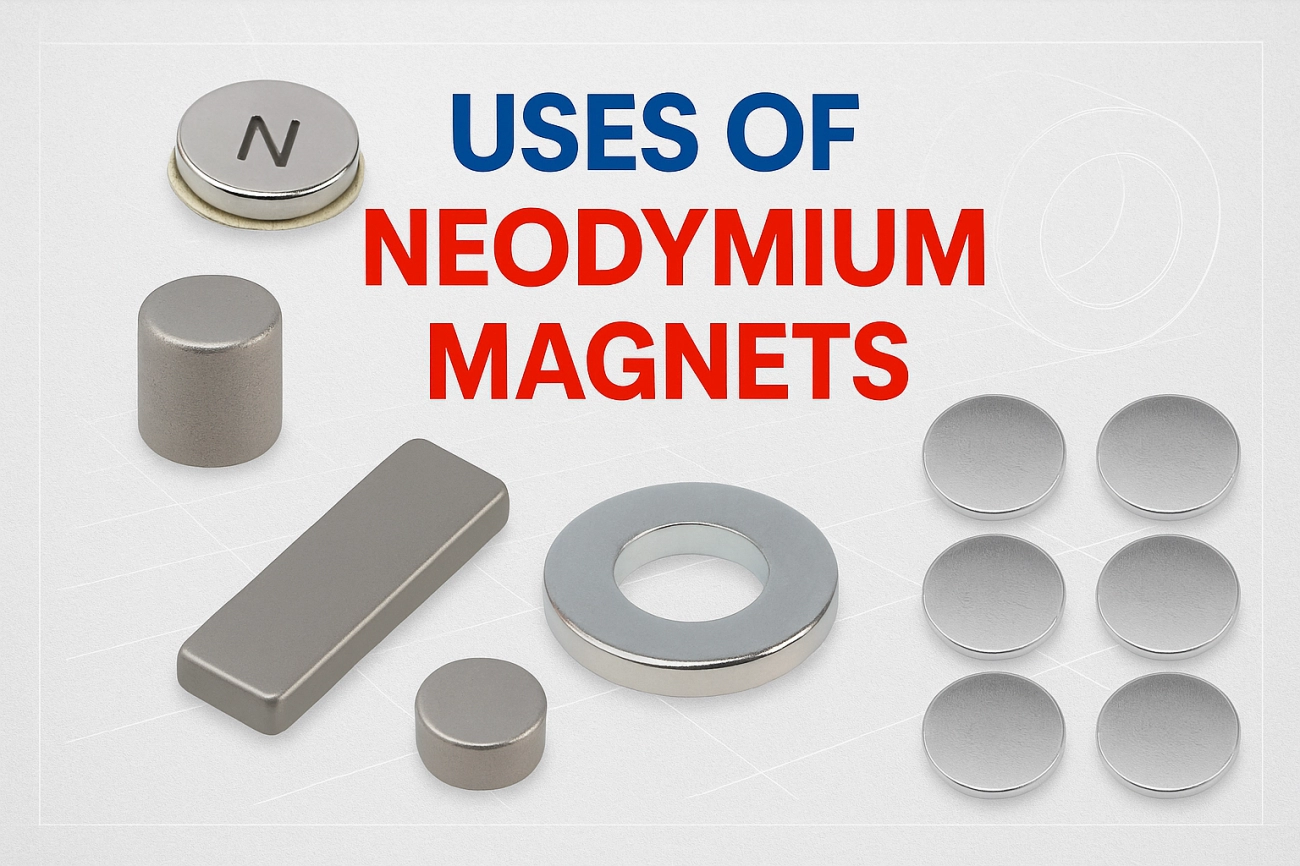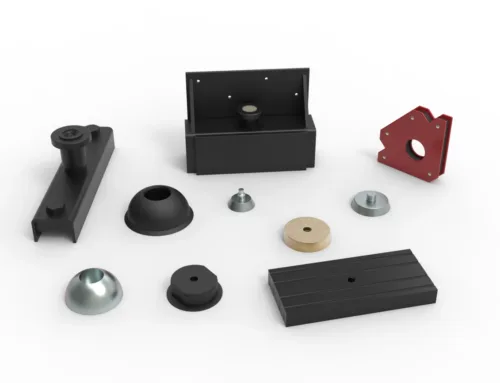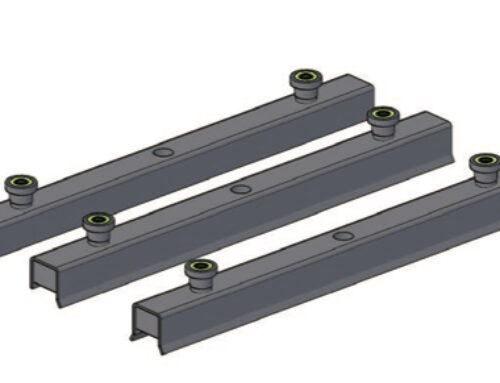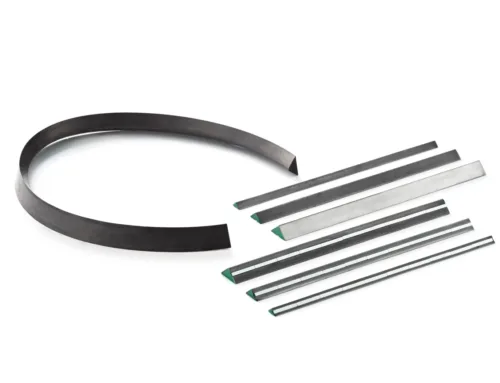Are you curious what are magnets attracted to and why some materials stick while others don’t? Understanding which materials respond to magnets is key—not just for everyday life but also for industries relying on magnetic technology. Whether you’re a student, an engineer, or a business searching for the right magnetic materials, grasping the basics of magnetic attraction can save you time and money.
In this post, you’ll discover the science behind magnetism, which metals and materials actually respond to magnets, and how this knowledge applies in real-world applications. Ready to unlock the mysteries of magnets and find out what makes them tick? Let’s dive in!
What Is a Magnet
A magnet is an object that produces a magnetic field, which is an invisible force that can attract certain materials. Simply put, magnets pull some metals toward them without any physical contact.
There are three main types of magnets you should know about:
- Permanent magnets: These magnets stay magnetic all the time. Examples include refrigerator magnets or magnetic strips on credit cards. They keep their magnetic properties without needing any power.
- Temporary magnets: These only act like magnets when exposed to a magnetic field. For example, a paperclip can become a temporary magnet when near a strong magnet, but it loses magnetism once removed.
- Electromagnets: These magnets work only when an electric current flows through a wire coil wrapped around a metal core. They can be turned on and off, making them useful for devices like electric motors and cranes.
The power behind all magnets is the magnetic field they create. This field is like an invisible area around the magnet where magnetic forces work. It’s what causes magnetic attraction, pulling certain materials toward the magnet. Understanding this field is key to knowing how magnets interact with various metals and objects in our everyday life.
Materials Magnets Are Attracted To

Magnets are mainly attracted to ferromagnetic materials like iron, nickel, and cobalt. These metals have magnetic domains—tiny regions where the magnetic moments of atoms naturally align—making them strongly responsive to magnets. Because of this alignment, magnets can easily pull them in, which is why you’ll often see these metals used in magnetic products.
On the other hand, paramagnetic and diamagnetic materials don’t react much to magnetic fields. Paramagnetic materials, such as aluminum and platinum, have unpaired electrons but their magnetic effects are very weak and only show up in strong magnetic fields. Diamagnetic materials like copper, plastic, and wood actually repel magnets slightly, though the effect is usually too small to notice.
When it comes to common metals and household items, steel (which contains iron) is magnetic, aluminum and copper are not, and everyday materials like plastic and wood have no magnetic attraction at all. So, things like fridge magnets stick to steel surfaces but won’t stick to aluminum cans or plastic containers.
Some easy examples of objects attracted by magnets include:
- Refrigerator doors and steel tools
- Paperclips and iron nails
- Certain kitchen utensils made with nickel or cobalt alloys
Understanding what materials magnets attract helps us see where magnets work best in daily life and industry. For more on what magnets attract, check out this helpful guide on what does magnets attract?
The Science Behind Magnetic Attraction
Magnets work because of tiny structures inside materials called magnetic domains. These are groups of atoms with electrons spinning in the same direction. When enough of these domains line up, they create a magnetic field that can attract certain materials.
At the atomic level, electron spins play a big role. Electrons act like tiny magnets themselves because of their spin. When many electrons in a material spin the same way and their domains align, the whole material becomes magnetic.
Magnetic permeability is a term that describes how easily a material can become magnetized. Materials with high magnetic permeability, like iron, are strongly attracted to magnets. The stronger the magnet and the better aligned the domains, the stronger the pull.
Temperature also affects magnetic attraction. Heating a magnet can cause the domains to lose alignment, weakening the magnet. That’s why heat can reduce or even destroy magnetic strength. Understanding this helps explain why some materials are more attracted to magnets than others.
Common Myths and Misconceptions About Magnets

There are plenty of myths around magnets that can confuse people, especially when it comes to what magnets attract. One big myth is that all metals are magnetic. This isn’t true. Magnets only attract certain metals, mainly ferromagnetic materials like iron, cobalt, and nickel. Metals like aluminum, copper, and brass are not attracted by magnets even though they are metals.
Another common misconception is that magnets attract everything metallic. In reality, many metals are non-magnetic or only weakly magnetic. For example, stainless steel can be magnetic or not depending on its composition. Plastic, wood, and other non-metallic materials have no attraction to magnets at all.
A good example to clear things up: you might notice your fridge magnet sticks to steel doors but not to aluminum siding outside. That’s because steel contains iron, which is magnetic, while aluminum does not. So, not everything “metal” on and around us is going to be attracted by a magnet.
Understanding these facts helps avoid confusion and misconceptions. For a deeper dive into how magnets actually work and the different types available, you can check out our guide on what is a permanent magnet and overview for types of magnets.
Applications of Magnetic Attraction in Industry and Everyday Life
Magnets play a huge role in both everyday life and various industries across the U.S. One major use is in recycling and metal separation. Powerful magnets help sort ferromagnetic metals like iron and steel from waste, making recycling faster and more efficient. This process reduces landfill waste and supports sustainable practices.
In electronics, magnets are key components in motors, sensors, and many devices we use daily. From the tiny magnets inside your smartphone’s speakers to larger ones in electric vehicle motors, their magnetic attraction helps convert electrical energy into motion and detect changes in position or speed.
NBAEM supplies top-quality industrial grade magnets, including rare earth magnets, which are among the strongest available. These magnets are essential for demanding applications like precision sensors, heavy-duty motors, and clean energy equipment. Using NBAEM’s magnetic materials ensures reliable performance and durability for businesses across manufacturing, electronics, and environmental sectors.
For more on specific magnet types and their uses, check out NBAEM’s detailed resources on high-performance SmCo magnets and permanent magnets.
How to Choose the Right Magnetic Material for Your Needs
Picking the right magnetic material depends on a few key factors that matter for your specific use. Here’s what you should keep in mind:
- Magnetic Strength: Different magnets have different pull forces. For heavy-duty uses, look for strong rare earth magnets like neodymium. For lighter tasks, ceramic or ferrite magnets might be enough.
- Material Type: Permanent magnets hold their magnetism over time, while temporary magnets work only with electric current. Electromagnets are great if you need to turn magnetism on and off.
- Environment: Some magnets handle heat, moisture, or corrosion better than others. For example, neodymium magnets lose strength at high temps, but rubber-coated magnets resist rust.
- Cost: High-performance magnets usually cost more. Balancing quality and budget is key to finding the right fit.
At NBAEM, we supply a wide range of industrial-grade magnets, from strong rare earth magnets to more economical options. We understand the needs of U.S. businesses and offer tailored advice to make sure you get the best magnetic materials for your projects.
Feel free to reach out to NBAEM for a consultation—our team is ready to help you find the perfect magnet solution based on your application and budget. Contact us today to get started.





Leave A Comment